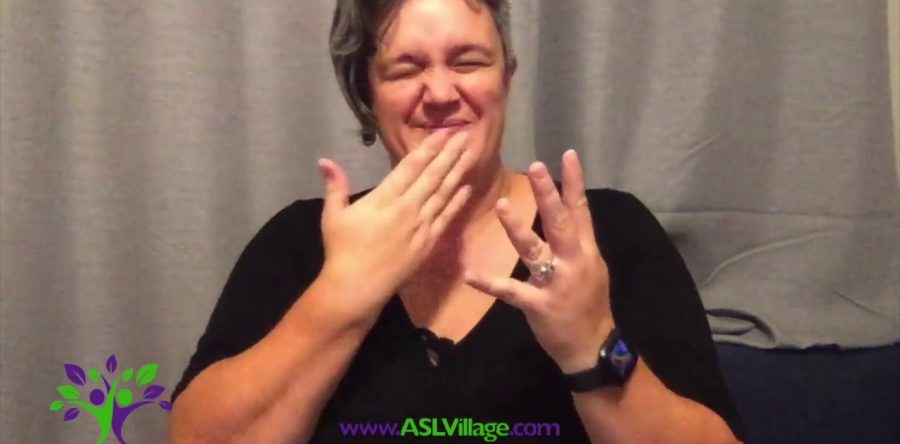Transcript: Hello and welcome to the second in this series of teaming discussions. We’ve already discussed interpreting where you are just passing the baton, but let’s delve into what happens when you will actually be working with your team for an extended period of time. What does this look like before you even get into actually interpreting together? When you walk into the teamed assignment, do you just look for another person in all black clothing?
That might be the case, or it could be that you are working with a previous team, If you are working with a team for the first time, do you look them up online beforehand – either to get an idea of what they look like or what their experience is? I want to ask you how you break the ice. I know some interpreters are all business and they want to just talk about the length of shift, and get on with it with minimal fuss or interaction.
Other interpreters may choose to exchange pleasantries and make small talk about education and background before they get down to brass tacks. You can also discuss if either of you has previously been to this particular assignment. One of my favorite bosses used to like to point out that there was no harm in asking “how was your weekend?” before jumping right in. Approaching people this way is a great soft skill instead of being all business. It also helps you get the lay of the land with a new team.
One of my other questions is if you typically talk about the bare minimum or allow a more robust discussion about topics like the placement of interpreters in the room. Of course, you should absolutely include the Deaf consumer in this discussion, but there are some logistics related to teaming that could be covered such as where to sit. Here in Michigan, you will often find interpreters sitting side by side, which I find less than helpful in the classroom. It can work well for supporting ASL to English interpreting, but it can be helpful to sit across from one another instead. Again, I want to hear what you typically prefer to establish in these scenarios.
In terms of other discussions, you could cover who will introduce themselves to the hearing client, or to the Deaf client and get a general sense for the room. If one interpreter is explaining how to work with an interpreter (to a hearing person), will they Sim-Com, or will one speak while the other signs in order to keep it running smoothly? These are all part and parcel of the logistics of the situation.
It is also important to discuss how you ask for what you need while working. For me, personally, I try to start the conversation by mentioning what my weaker areas are, or how I might look for support while showing that I am open and receptive to feedback and support. If the tables were turned, a team is probably not going to feel ask comfortable when you start out by just asking what their weaknesses are! Being comfortable with discussing your own weaknesses and requests for support openly can be the foot in the door that allows your team to feel reciprocally comfortable to begin that dialogue.
I would love to know more about how you engage with your teams, and how that sets the stage for a successful team before the interpreting process officially begins. I’ll be back with the next sessions coming up soon. Bye!
ASL Village offers mentoring, workshops and presentations for sign language interpreters (at all levels) who seek to improve their skills or gain certification.

 Add to favorites
Add to favorites












1 Response